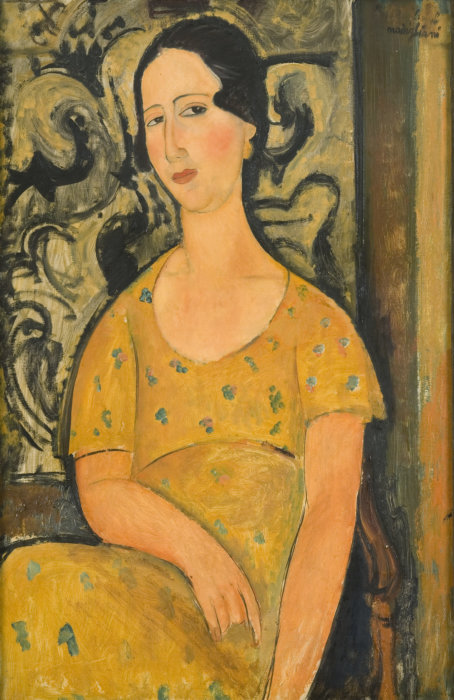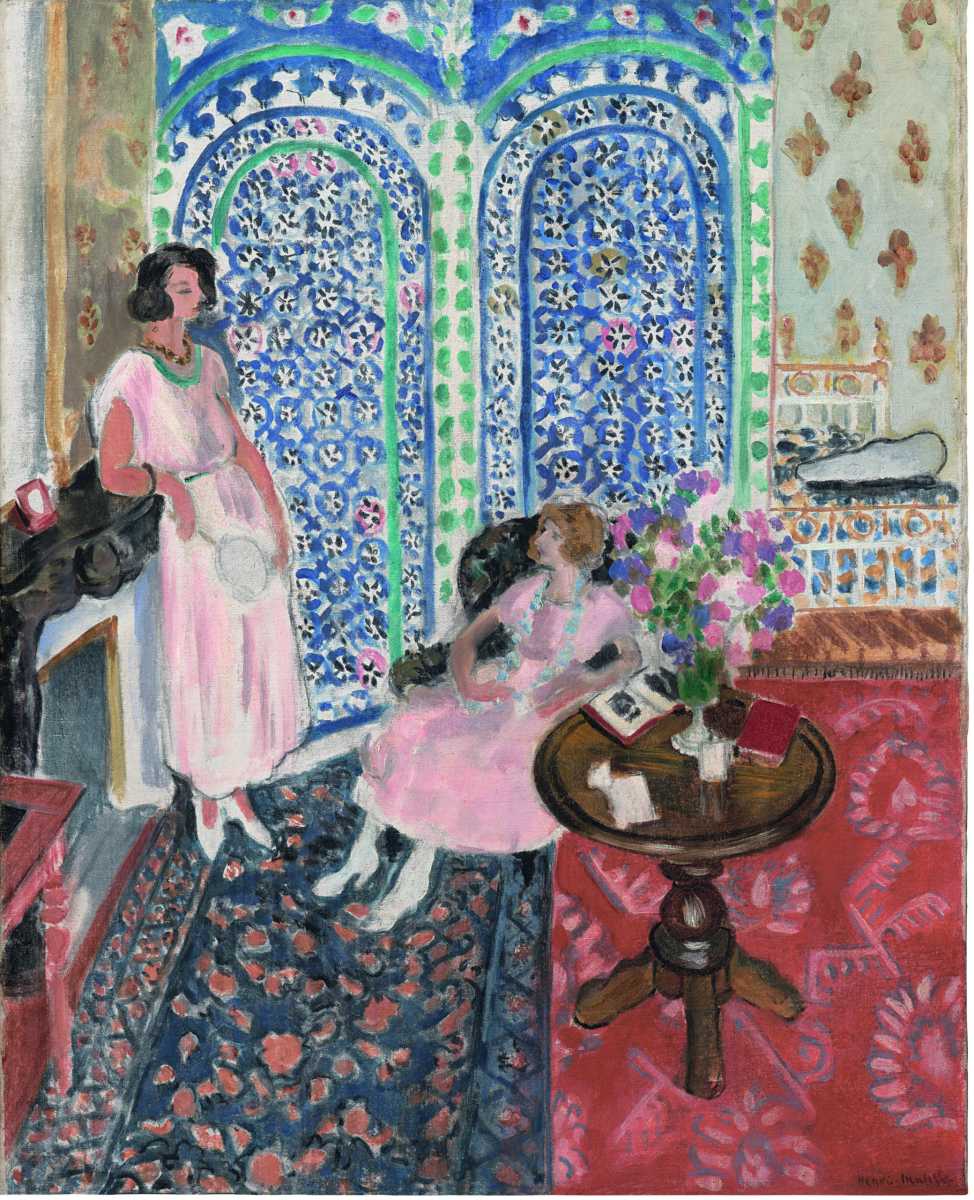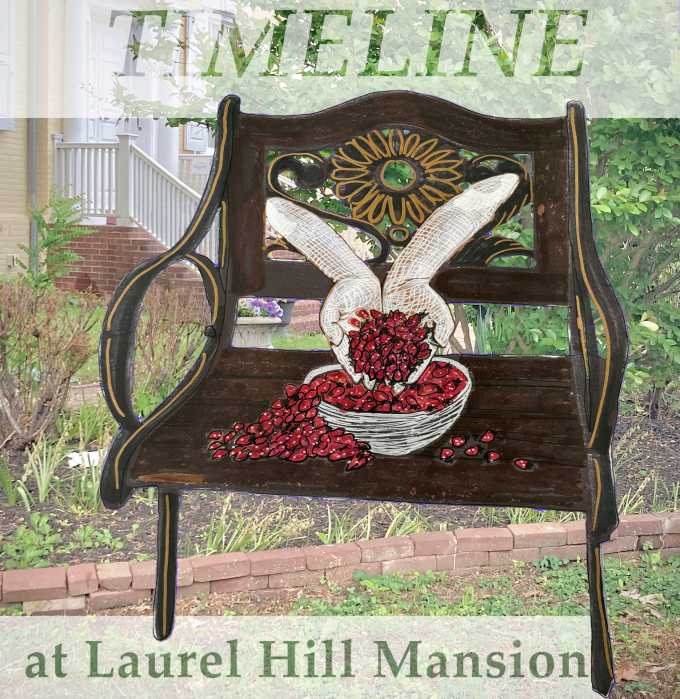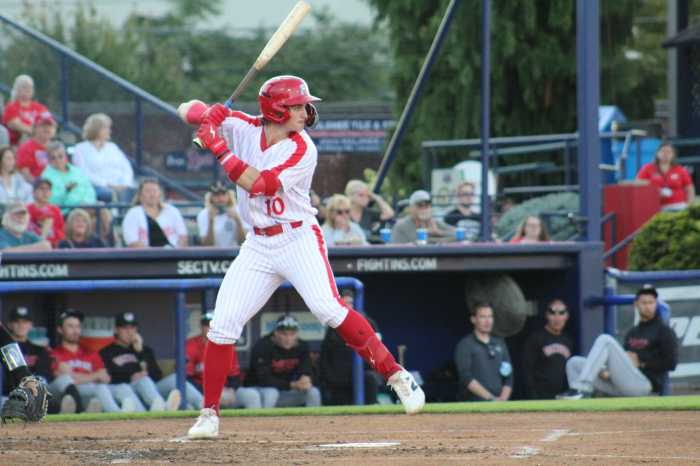The work of Amedeo Modigliani and Henri Matisse have made Philly’s Museum Row into a masterpiece.
With Modigliani Up Close at the Barnes Foundation, and Matisse in the 1930s at Philadelphia’s Museum of Art, each artist’s beloved work, previously un-displayed sketches and studies of their materials and methods are now on display.
For Modigliani Up Close, its eight sculptures, 42 paintings and works on paper tell a story of Modigliani’s majestic and multiple applications toward his brushwork: the smolderingly seductive and nuanced qualities of his technique and the surreal way he saw faces and bodies (and necks, in particular) stretched languidly and lengthily across his canvases. These are images that art critic Peter Schjeldahl famously touted for their “piquantly tipped heads and mask-like faces.”
The best examples of this seduction can be witnessed in Modigliani Up Close paintings such as Nude with Coral Necklace and Reclining Nude from the Back, both of 1917, as well as 1918’s Young Woman in a Yellow Dress. Even the X- radiograph showing shapes and patterns of varying densities of 1915’s The Pretty Housewife holds a warm sensual embrace at its command.

As a modernist Italian painter and sculptor who worked mainly in France at the top of the 20th Century, Modigliani was an artist who struggled to survive and make ends meet in his time. To that end, we also witness the reused canvases he went through—an x ray process allows Barnes viewers to see “behind” or “within” certain paintings to reveal their truths and original use—and how their initial painting’s textures inspired the next work on the same canvas.
At the Philadelphia Museum of Art, the 1930s is the focus of its newest exhibition. At that time, Matisse had already made steps in revolutionizing painting and sculpture in ways that would come to define his still-young century: wild shapes and bright colors over realism and representational values were his mien.
Yet, in 1928, Matisse – according to the PMoA’s exhibit notes – was in a creative slump, and in need of inspiration. Oddly enough, the man who came to the painter’s rescue was Philadelphia’s Dr. Albert C. Barnes, who commissioned Matisse to tackle a large-scale mural project for his Foundation building’s main hall when “the Barnes” was located at its original home in Merion, Pennsylvania.
His inspiration reawakened. Reinvigorated by Barnes’ call for size and scope with an epic The Dance II (1932), the 1930s era Matisse was one whose forms and lines began to find an emboldened simplification – something prime and primal. The effects of the Barnes/Matisse collaboration can also be witnessed in the spare, pared-down expression of the nearly-tropical Nude in an Armchair, Green Plant (1937) and Woman in Blue (1937). The cut-out technique of cutting paper to resolve the compositions of two paintings (a style Matisse would use more often and to greater effect during World War II) is also apparent in his Large Reclining Nude painting of 1935 with its grand bulbous pink body set against steely blue tiles.
Matisse in the 1930s at the PMoA and Modigliani Up Close at the Barnes Foundation will both be on display through Jan. 29, 2023. More information and tickets are available online.




























